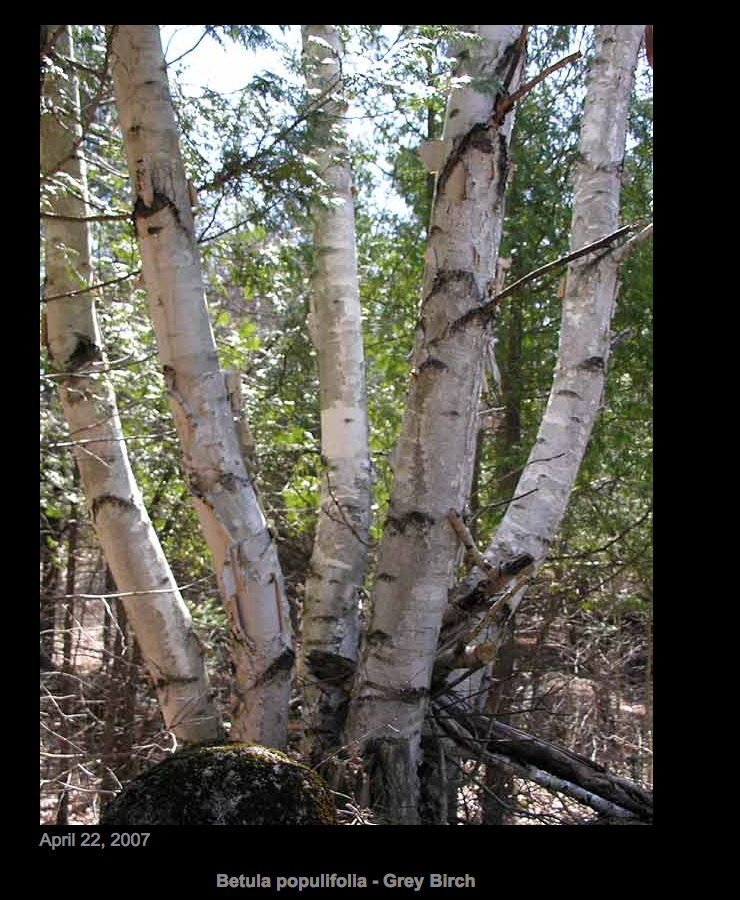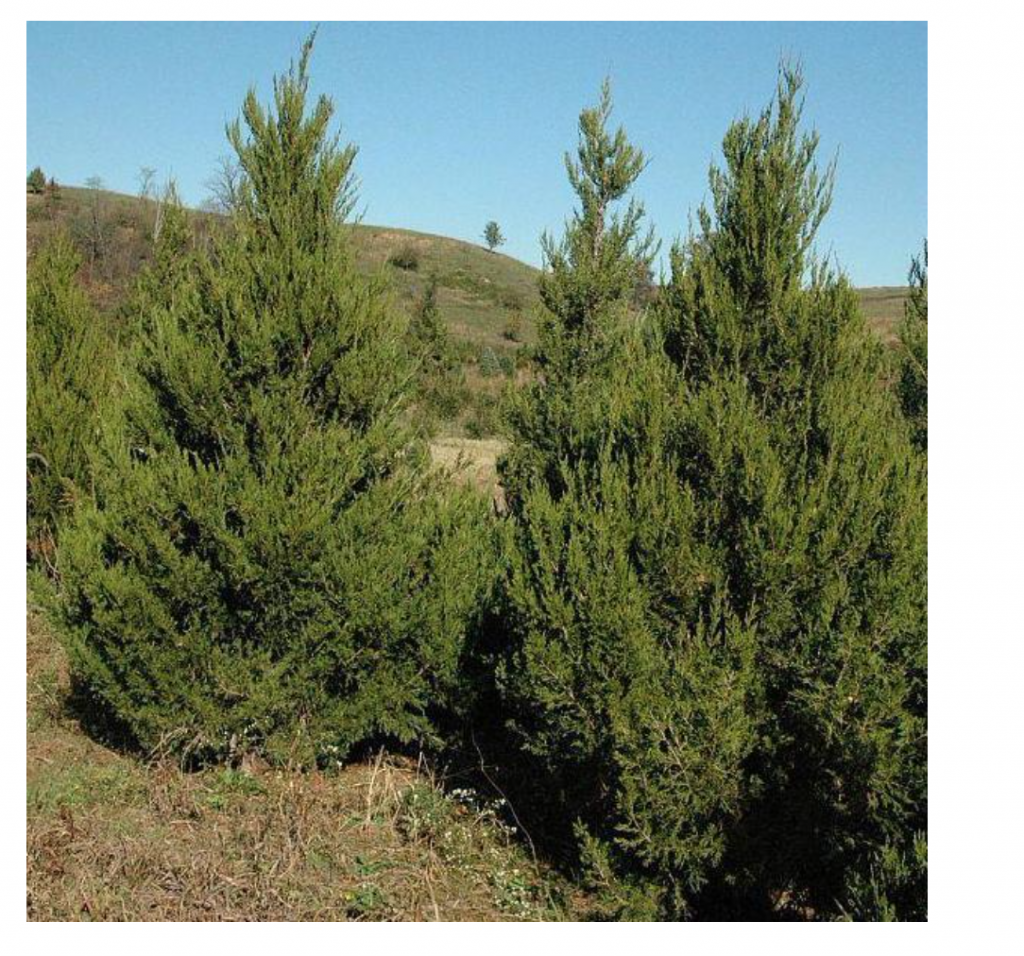firstl, the factor that contributes to this decline in species at Camp Dark Waters is caused by ecological succession. According to George Spencer Morris, who was the architect of the “Catoxen Cabin” that Stone collected his specimens in on the campsite of Camp Dark Waters. Morris describes the location of the Catoxen Cabin” as being “a grove of taller pine crowning a little knoll which rose somewhat steeply from the bottoms bordering the stream. At the foot of the knoll bubbled a clear strong spring.” Today, the knoll is still standing, but there are no pine trees on the knoll, but instead in their place are oak and beeches. Oak and beeches seedlings thrive in the shade as oppose to pines seedlings because there are no fires to remove competition or cause the pine cones to open. Fast after older trees die causing an opening in the canopy is filled with excited tulip poplars. One of Stone’s findings was the gray birches and John Braxton who was the son of the director at the time, remembers when these trees were common at camp in the 1950s and ’60s. Unfortunately, there are no gray birches at camp, but the lands still have a great collection of species. One more substantial shift in the succession is the alteration of the canopy and subcanopy trees. As a result, it changes the layers of herb and shrubs that grow, which could be another reason the number of species has reduced. But at Camp Dark Waters, the spring is still blooming strong with various species that are beautiful in full blossom.

Secondly, the factor that plays a role in this change is species composition as a result of human inhabitants bordering the edge of Camp Dark Waters. Witmer Stone documents old fields just to the east, which were old cornfields and then later became a housing development bordering the Camp land. In the days when Stone was collecting specimens, the vicinity of land was larger because these fields were part of his research which is gone now. As a result of these absent fields, a decrease in species have vanished in this area. There has been a number of killdeers, meadowlarks, and indigo birds that are gone who used to inhabit these fields, along with plants that protected and fed them. These species probably will never call Camp Dark Waters their home anymore because it’s not suitable for them to live in these new conditions.
Thirdly, the last factor is the best and worst reason for a decrease in species at Camp Dark Waters is the heavy use by the campers and counselors on the 15 acres of land. “Camp Catoxen” was transformed into “Camp Dark Waters” in 1927. In the summer, the camp is flooded with young people participating in all kinds of activities. This wide outdoors camp has been a great second home for city residents, who have experienced hiking and bonfires. But these activities have not supported the diversity of the flora of the camp. It’s been studied that the trees in the most heavily populated areas of the camp were not able to reseed and the mature trees are slowly dying. The result of, “early-succession species such as Juniperus virginiana are now rare” (82) according to Braxton and Ferren. Some native trees are now being planted to try to replace the mature trees that were lost. The trees that are out of the way of human paths are growing new seedlings and healthy. Though the tree species is the same the number as in 1992, instead the amount of mature trees has remarkably diminished. Until next time, when I share my experience of returning back home to Camp Dark Waters after being absent for eight years. It will be good to be home!
